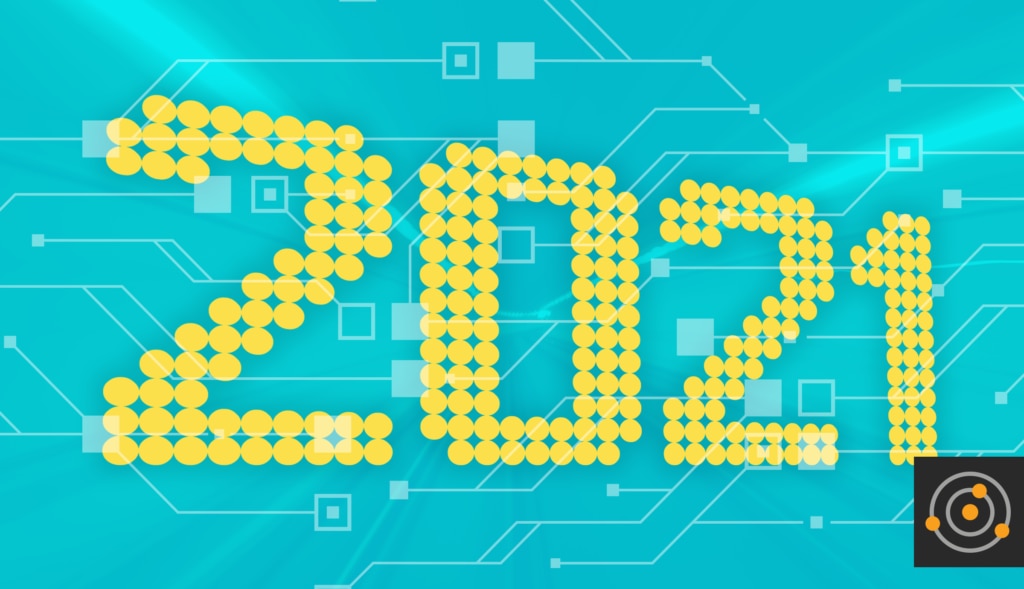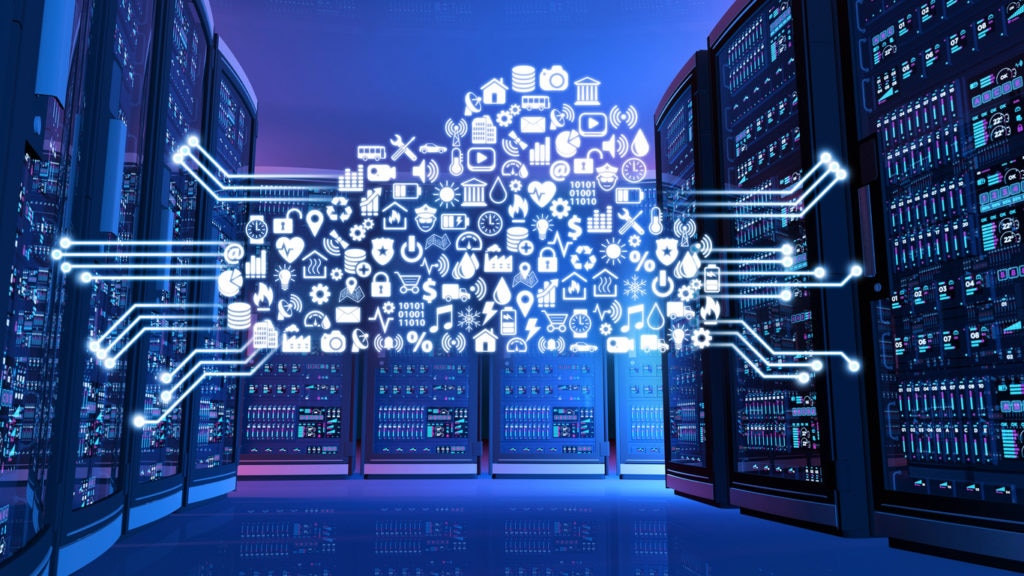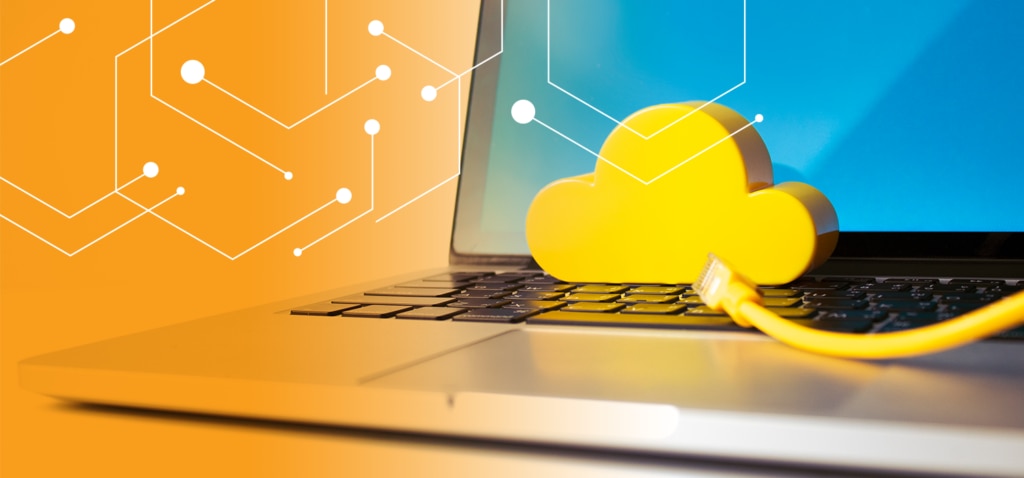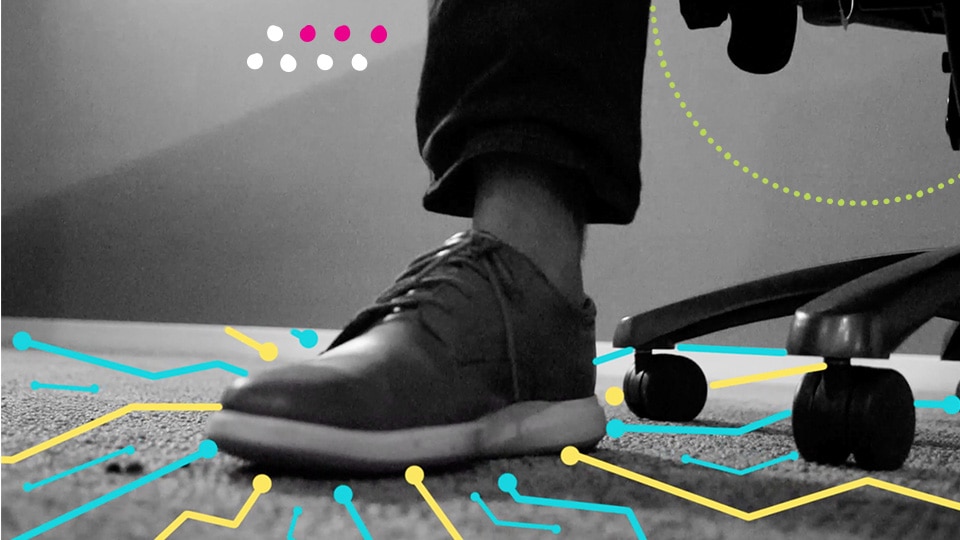Although our Head Geek Leon Adato may have attempted to predict 2020
last year, no one could’ve prepared us for what was to come. Today as we work from various remote spaces including our living rooms, kitchens, bedrooms, or any room where we can find a good Wi-Fi signal, it’s hard to think of what our situation will look like in 2021.
This year our SolarWinds subject matter experts have a few thoughts on what next year will bring with the aftermath and continued effects of this year’s events in mind.
Rethinking Multi-Cloud
The benefits of a multi-cloud strategy have been hyped significantly and include everything from flexibility and reliability to cost-performance optimization. But deploying data and workloads across multiple clouds shouldn’t be an industry best practice. According to
a 2020 IDG® survey, 55% of organizations use two or more public clouds, but 79% struggle to achieve synergy across their multiple platforms. Now and in the future, we’ll see a growing number of companies rethink multi-cloud or consolidate around a single cloud provider.
With multi-cloud adoption, there’s a lag between initial investment and deployment. Those who first started with a multi-cloud strategy may grow to realize how expensive and quickly complicated it can get, making the return on investment (ROI) questionable. It’s expensive because it requires a high level of understanding for each target platform, a strong development team, an observability and monitoring focus, orchestration-first processes, nearly complete change automation, and more. For most businesses, there are also some lost cost opportunities because not all cloud providers offer the same services mix, especially for advanced services—and this is where things start to get more complicated. Businesses must develop and maintain advanced cross-cloud services in-house for anything not common to all target platforms.
As we see organizations rethink multi-cloud, they must also think about what success looks like. This usually depends on two “must-haves.” First, businesses pursuing a multi-cloud strategy must either wield a high-performing, DevOps-focused team of IT professionals or have the budget to outsource multi-cloud engineering and monitoring to someone else. Second, they must have a well-researched case for why they believe multi-cloud will meet their business needs in the first place.
-
Patrick Hubbard
The IT Help Desk Evolves to Service Desk
In 2020, we saw a sharp uptick in the number of inquiries being fielded through the IT help desk. This will continue in 2021, but as organizations explore how to drive efficiencies throughout the business, we also anticipate the IT help desk will further embrace technology and streamline their operations to become a more central resource for all employee tech requests: the
IT service desk.
Before the broader transition can begin, teams must put the proper infrastructure in place, so they’re able to sufficiently manage employees’ systems. Organizations will then begin to look at how all factions and departments within the business can use the service desk. By reviewing—and in some cases rethinking—their processes, we expect to see numerous businesses decide the IT service desk should become the central resource for employees, so they can get the help they need, when they need it as remote working becomes the norm.
The IT help desk won’t be responsible for owning all requests, but with their experience and expertise, they can suggest ways to automate, delegate operations, and encourage cross-departmental collaboration. For example, where a technician would’ve traditionally coached a user through a one-off ticket like a password reset, automated classification and responses in IT service management (
ITSM) solutions will be put into place in 2021 to eliminate manual triage, make categorization more efficient, and lead to a faster resolution for the requester. For more complex business practices like offboarding or hardware intake, IT teams will leverage their ITSM platforms to digitize the collection of information and automate changing access rights. Implementing these updates won’t shift the onus from the IT help desk, but it’ll help eliminate service silos and enhance visibility.
-
Liz Beavers
Optimize Today’s Tech for Tomorrow’s Success
According to Gartner, the abatement of revenue uncertainty in late 2020 will allow for the resurgence of more predictable IT spending by CIOs, but social distancing will continue through 2021, capping office capacity at 40%. Organizations will continue to employ the lessons they learned in 2020—namely, investing in architectural agility up and down the stack. Additionally, the adoption of new initiatives will be lower on the list of leadership priorities, so internal innovation will be key in maintaining distributed workforces. Keeping the organization alive and connected—both in terms of technology and regarding emotional engagement and enthusiasm—during the ongoing economic downturn will require IT teams to home in on existing technologies within the business and strengthen the skills required to keep them running optimally.
Of course, this isn’t the first time this has happened. The technology we use to monitor and manage when it comes to networking has been more or less the same for over a decade. What’s changed has been the sophistication of implementing and managing those techniques, along with the speed and variety of visualizations based on the data collected. What’s changed recently is the opening of network infrastructure to automation. Because of this, monitoring and management tools are now expanding to help network engineers create, manage, and monitor the scripts and tools used to create them, incorporating the best aspects of integrated development environments (IDEs) programmers have come to love and rely on. We’ll see these shifts and evolutions continue in the future.
As we try to adapt to the new normal, tech priorities will also continue to be shuffled around until we find the right balance. For example, when it comes to network management, the systems and infrastructure once business-critical (e.g., the fiber backbone running across the campus) are now secondary, while parts of the network once viewed as “nice to have” (e.g., client VPN connections for every employee) are now more than mission-critical—they’re the essential tools of the business.
-
Leon Adato
The End of Automation Anxiety
In 2021, we’ll begin to see a reversal in the industry’s “automation anxiety.” With tightening budgets and other pandemic-induced operational challenges, organizations and tech teams will have no choice but to fully embrace automation to optimize environments and reduce the time spent on monotonous tasks. This will include automating time-consuming tasks like workstation patching, configuration changes for network devices, compliance checks and remediation, server patching, and more.
This shift to automation will help reduce toil, improve processes, and prevent burnout—three scourges resulting from COVID-19. It’ll also have a significant impact on the day-to-day role of tech pros. The extra time they’ll finally have will allow them to be able to learn more skills and focus more on their career path.
One area primed for greater automation is the IT help desk. As monitoring and service desk integrations become more prevalent, tech pros will start the process of automating ticket assignments, asset updates,
configuration management database (CMDB) updates, updates to customers, and more. This will not only keep monitoring and service desk systems and teams in sync but take menial tasks and delays out of the equation, allowing common issues to be resolved faster and saving the business time and money.
-
Chrystal Taylor
Refocus on Full-Stack APM
Though the move from on-premises to the cloud and hybrid IT was well underway before the pandemic, this transition was accelerated by COVID-19. In 2021, traditional IT professionals will have to rethink how to best manage apps as hybrid IT becomes the new reality. One of the major challenges accompanying this is simultaneously managing legacy and modern applications. To do this effectively, tech pros will need to refocus efforts on implementing full-stack
application performance management (APM) to best optimize their environments and resolve application performance problems faster and more efficiently. With integrated APM, application-level assessments such as root cause summary, response time, load patterns, and resource usage will make it easier to identify problems, allowing optimal performance and freeing up tech pros’ time. In turn, this will lessen the impact on users and the bottom line, which will be the main business priority in a post-COVID world.
-
Adam Hert
Double Down on Database Performance Management
Let’s face it: applications run the business—but applications run on data. Since 2006, the industry has been referring to data as the new oil. It’s what gives businesses a competitive advantage, making the need to protect and optimize its performance of the utmost importance to give the highest value back to the business. Visibility is critical because database performance is often where the experience goes wrong. In 2021, it’s time to double down on database performance management.
Ensuring your
database performance in the cloud is at least as good as it is in your data center is critical as IT organizations “lift and shift” more workloads to the cloud—something that’s been accelerating since the workforce went remote. Otherwise, the digital transformation you expect to deliver for your business can suffer, bringing your business down with it.
Because the database is critical to infrastructure and application performance, IT pros and business leaders have to strike the right balance for their organization’s growth, and grapple with making their data perform its best, regardless of where it resides. And while many look at either the applications, or the infrastructure supporting them, the data management itself is a top priority.
-
Thomas LaRock
The New Security Perimeter
According to a recent survey, 20% of organizations have reported they’ve faced a security breach as a result of remote work. As remote work continues in 2021, employees will keep using work devices outside the office and at home, loading up personal devices with business email accounts and company data and leading to a higher risk of a security breach. In the year ahead, it’s imperative for businesses to extend the new cybersecurity perimeter outside the four walls of their physical offices.
Rather than managing devices internally, tech teams will need to shift responsibilities to managing people to stay one step ahead of an evolving threat landscape. Teams will need to work on closing the skills gap by educating and training more tech pros (and employees) to understand and mitigate cybersecurity threats. But this will need to go beyond on-the-job training—tech pros should be looking to gain security skills when they’re studying at school and universities. Companies will want to ensure the security data scientists and/or third-party products deployed have a solid foundational understanding of the changing threats to business security.
-
Thomas LaRock 



